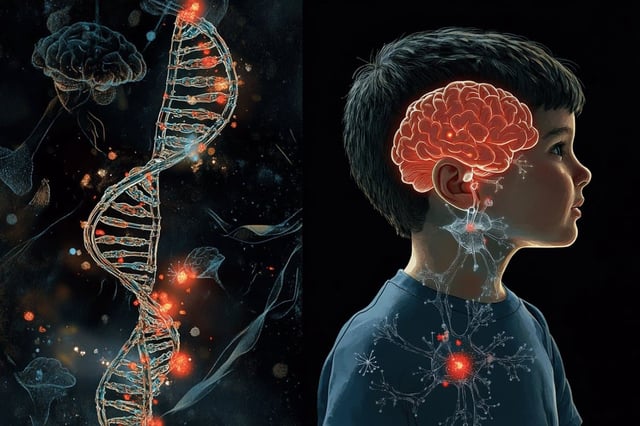Overview
- Scientists from SickKids and UNLV discovered that tandem repeat expansions (TREs) in the DMPK gene disrupt RNA splicing, linking autism spectrum disorder (ASD) and myotonic dystrophy type 1 (DM1).
- Expanded DMPK RNA sequesters MBNL splicing proteins, leading to mis-splicing of autism-risk genes and behavioral traits resembling ASD in mouse models.
- The study, published in Nature Neuroscience, highlights an RNA-mediated gain-of-function mechanism for autism, expanding beyond traditional loss-of-function paradigms.
- DM1 patients are 14 times more likely to develop ASD, with TREs identified as a key genetic contributor to both conditions.
- Research teams are now investigating broader gene mis-splicing events and advancing precision therapies to release sequestered splicing factors.

